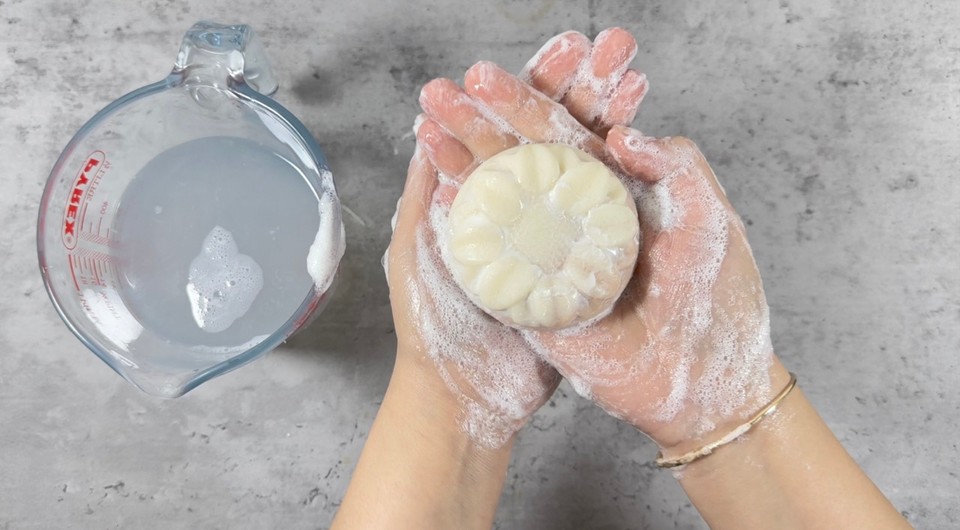Salt Soap Bars Recipe
Ingredients:
- Distilled water or infusion 232g
- Lye (sodium hydroxide) 102g
- Coconut oil 600g
- Cocoa butter 40g
- Sunflower oil 120g
- Castor oil 40g
- Essential oils 26g (I used 10g jasmine essential oil, 10g clary essential oil and 6g bergamot essential oil)
- Fine salt 400g
- 1 tsp french pink clay (optional)
- 1 tsp arrowroot powder or cornstarch (optional)
- 1 tsp coconut milk powder or almond milk powder (optional)
This recipe is for 800g of oil weight (between 12-14 soaps). If you wish to make a smaller amount, divide the recipe in half.
First, you need to make sure to protect your eyes and skin while making soap. Educate yourself about working with lye (sodium hydroxide).

What are salt soap bars? Salt soap bars are solid soaps made with 50-100% of oil weight in salt.
Salt soap bars have many benefits, such as creamy lather, mild exfoliation and super cleansing abilities.

Salt soap bars are not drying. On the contrary, they keep the skin hydrated.
The salt in soap makes the bars hard and firm, which leads to long-lasting bars.
If this is your first time making soap, I recommend starting with a soap for beginners recipe or 100% coconut oil soap recipe.
I chose to combine distilled water with camomile infusion.
I froze my camomile infusion a day before making the soap. The reason I use frozen camomile infusion is that lye heats up very quickly and to minimize the fumes. It is recommended to use some of the liquid amounts in a frozen form.
I used 130g of camomile infusion and 102g of distilled water. You can use only distilled water or only infusion. You can use any herbal infusion you prefer.
I chose to add 50% salt to the oil weight, which is 400g of salt.
You can add salt up to 100% of the oil weight, but I prefer to add only 50% since I like mild exfoliation and increasing the salt amount will increase the exfoliation in the soap bars.
You can use any fine, grounded salt you like. I like to use Ibiza salt since it's a local salt from Spain, and I like to use local ingredients in my products.
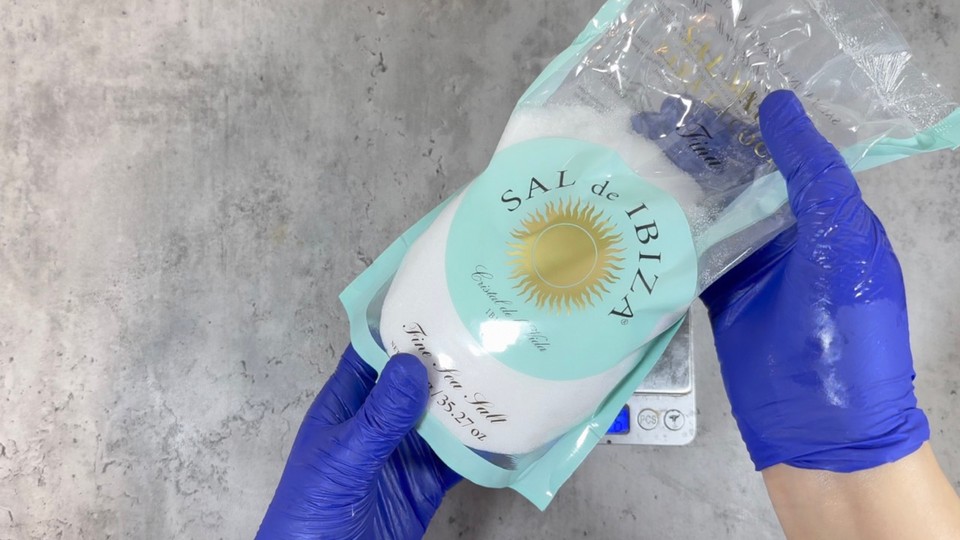
You can make your essential oils blend by combining other essential oils, or skip the essential oils and make unscented soap bars.
I use pink french clay to have some color in my soap bars, but you can skip it and make white bars. Alternatively, you can choose green french clay, yellow clay, red clay, purple clay or even activated charcoal to color your soap bars naturally. You can also play with 2 different colors.
I'm adding one tbsp of coconut milk powder. Adding milk to soaps gives extra creaminess to the lather and boosts the moisturizing properties of the soap.
You can swap the coconut milk powder with almond or goat's milk powder.
I also add 1 tbsp of arrowroot powder which adds silkiness to the lather. You can add cornstarch or yucca starch instead.
You can skip the arrowroot powder and the milk powder. Those are optional additives.
These soap bars have 25% super fat. This super fat is the amount of unsaponified oils that remain in the final soap. This is a very high super fat percentage, and it is to balance a large amount of coconut oil. So in the final product, we get super moisturizing soap bars.
These soap bars last longer and stay hard even after being left in the shower and getting wet several times.
The soap bars can last up to 18-24 months. The color and the fragrance might fade over time since they are natural and not synthetic.
If you wrap them after curing time (3-6 weeks after unmolding them) and leave them in a closed drawer/closet, the fragrance and color will last longer.
Method:
- In a heat-resistance container, add distilled water or the infusion.
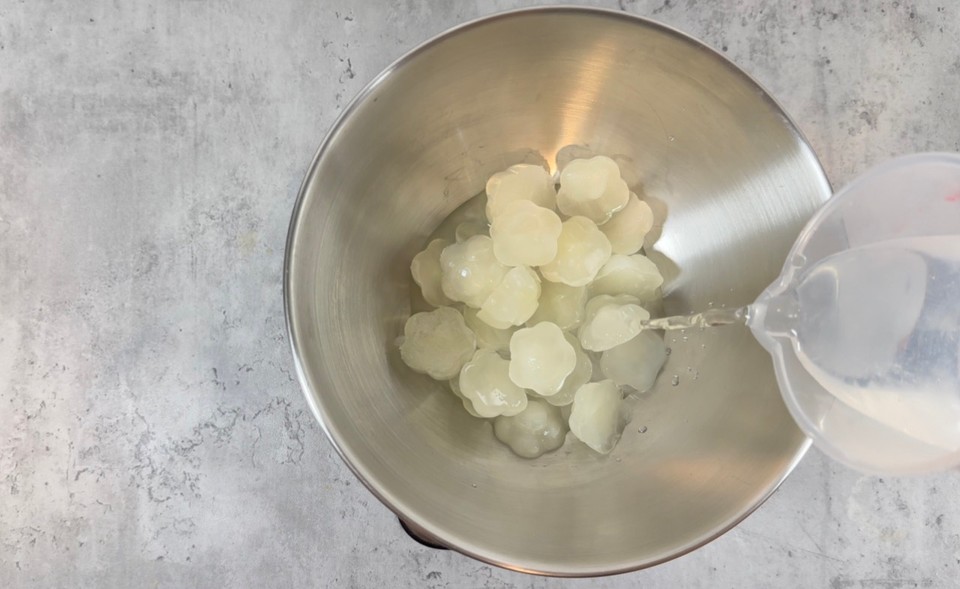
- Add the lye to the water and mix until the lye is dissolved. Set aside.
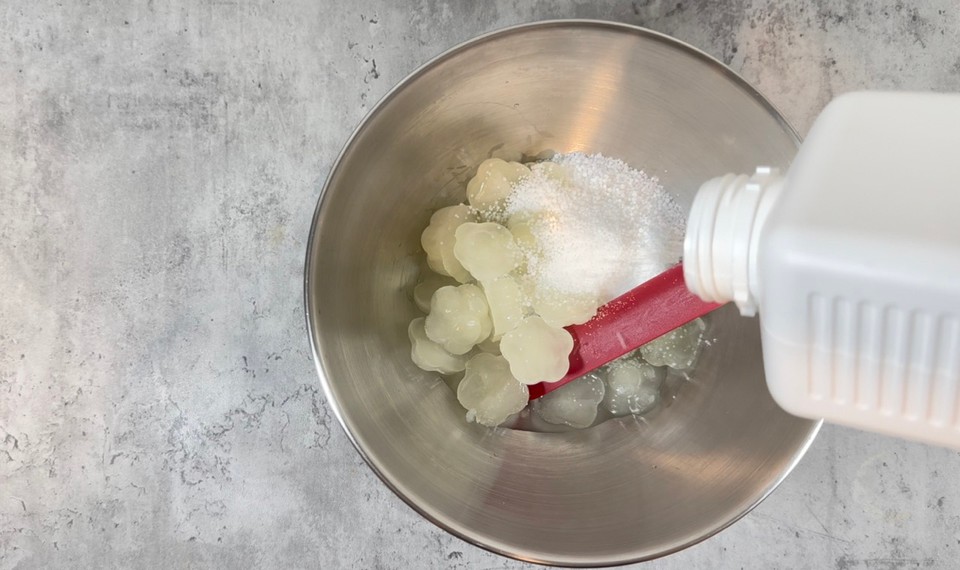
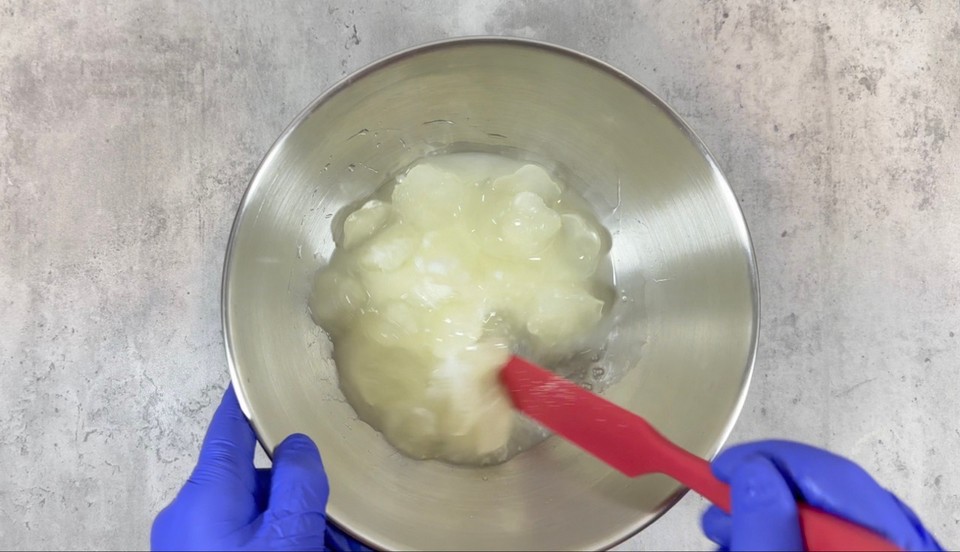
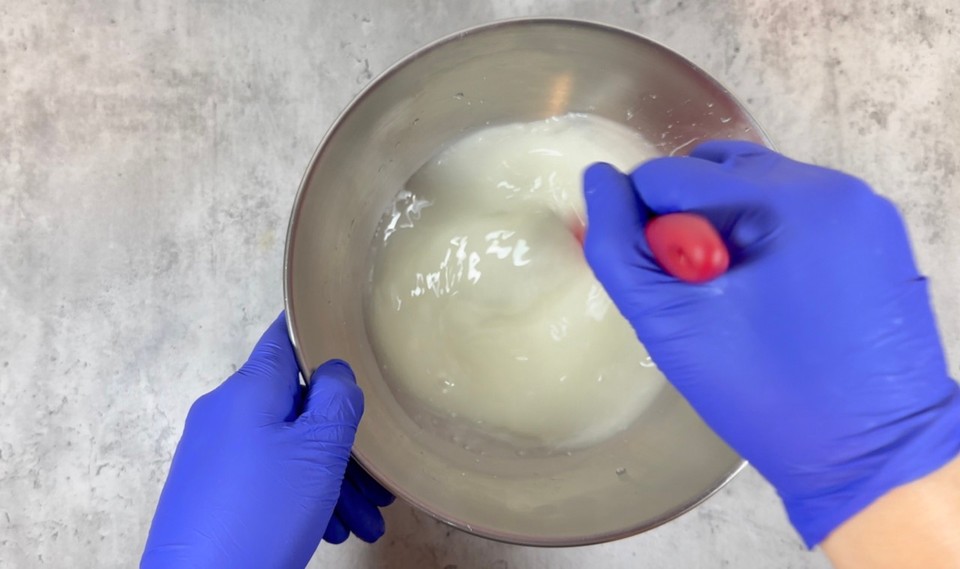
- In a pot, add the coconut oil and the cocoa butter. Melt them on medium heat.
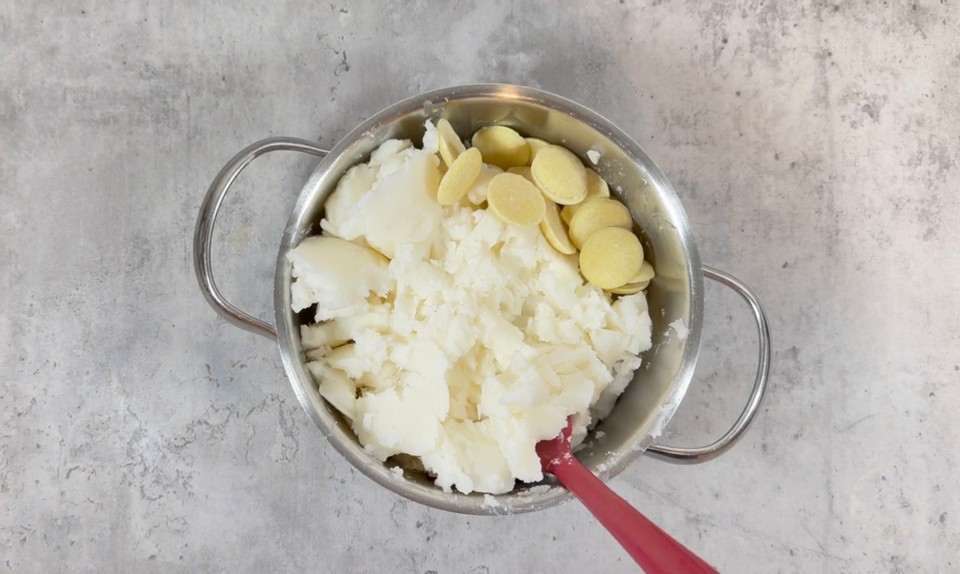
- In a heat-resistance container, add the sunflower and the castor oil.
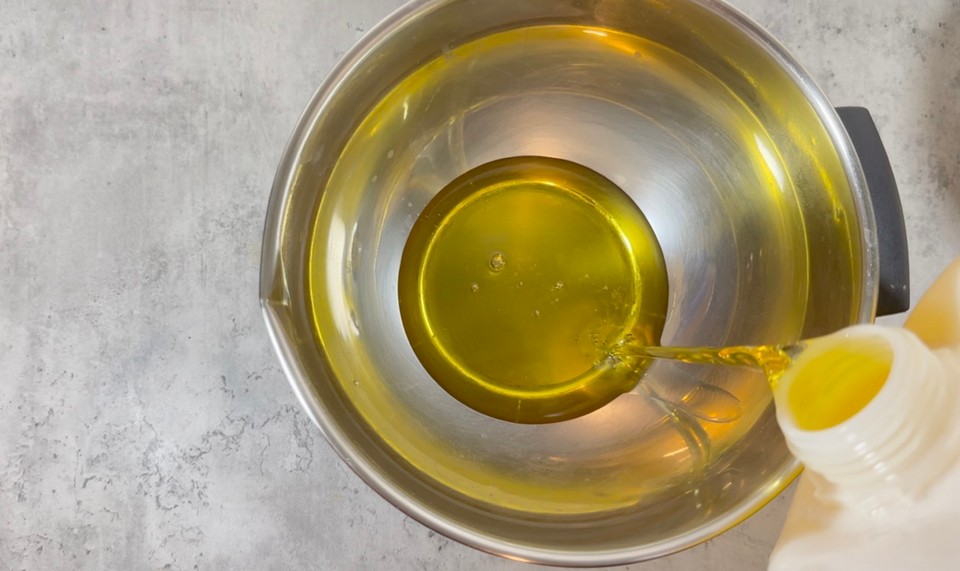
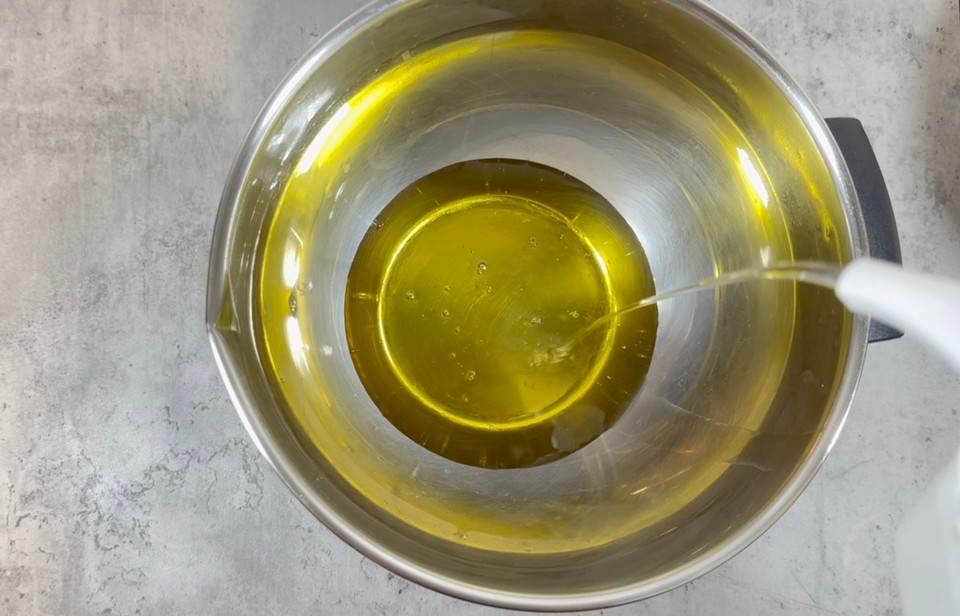
- Prepare the clay. Add 1 tbsp clay to 3 tbsp of water. Set aside to use later.
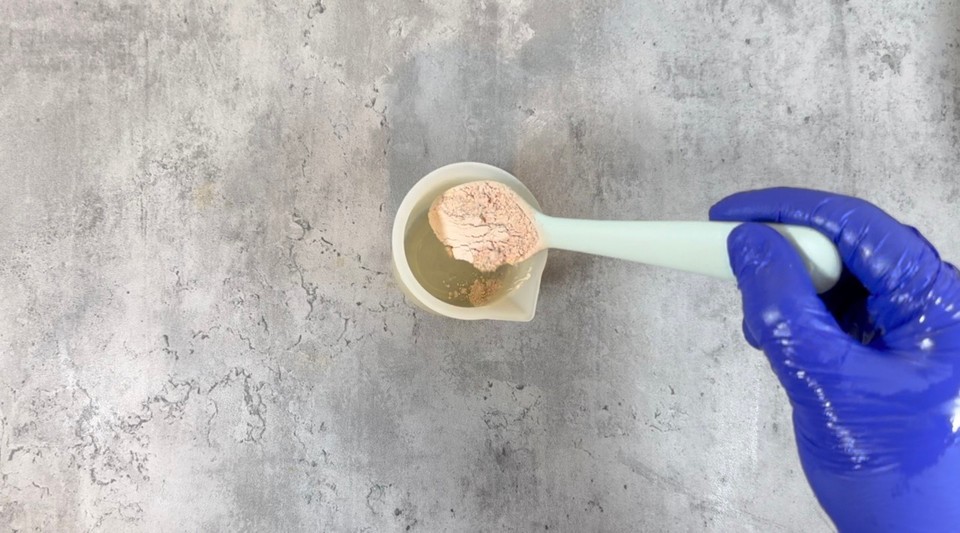
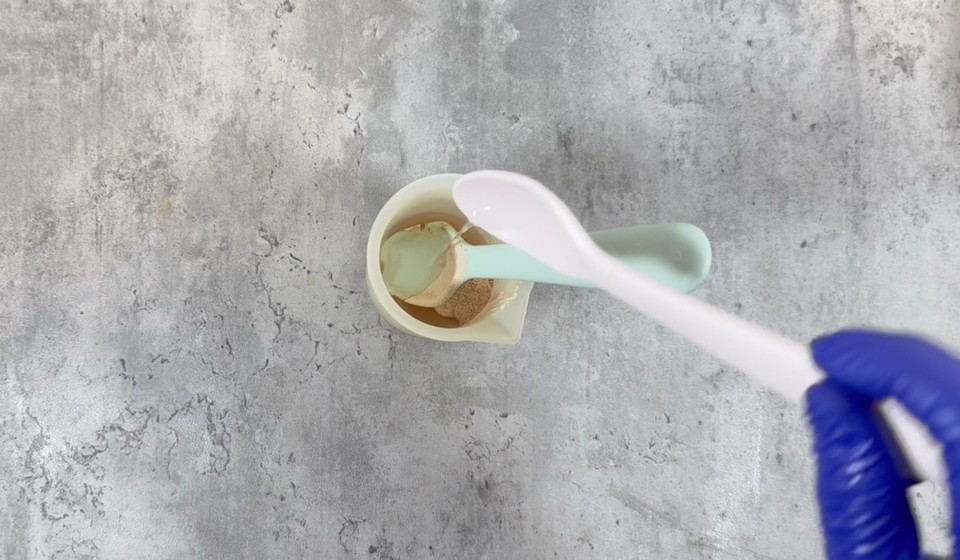
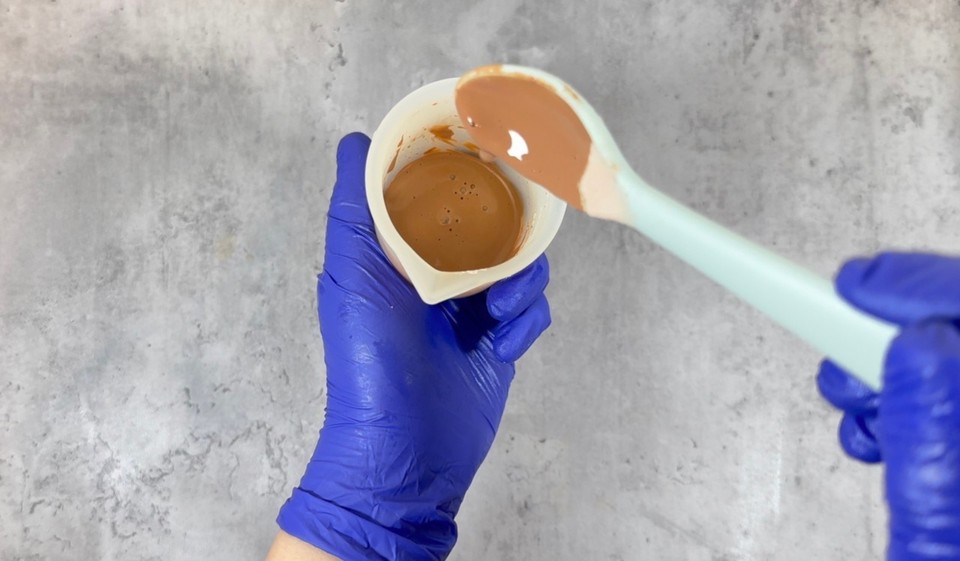
- Prepare the essential oils.
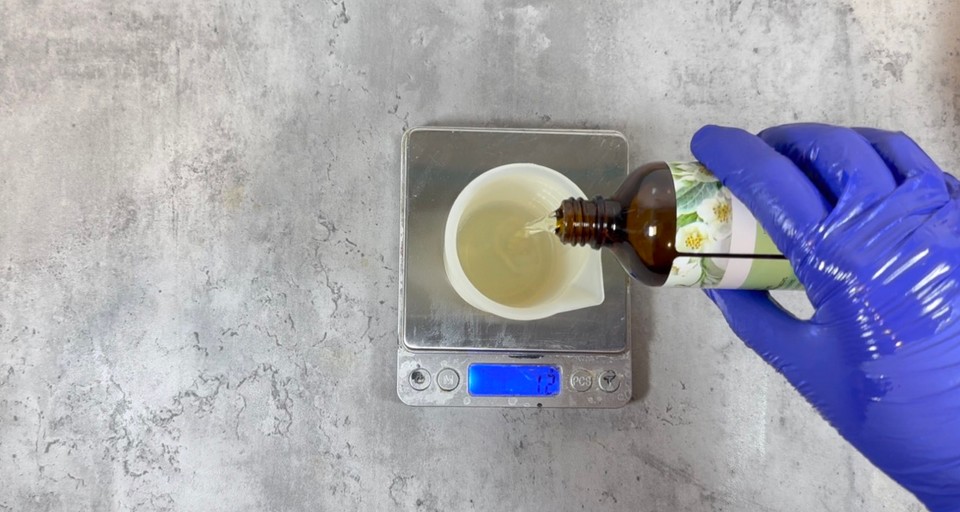
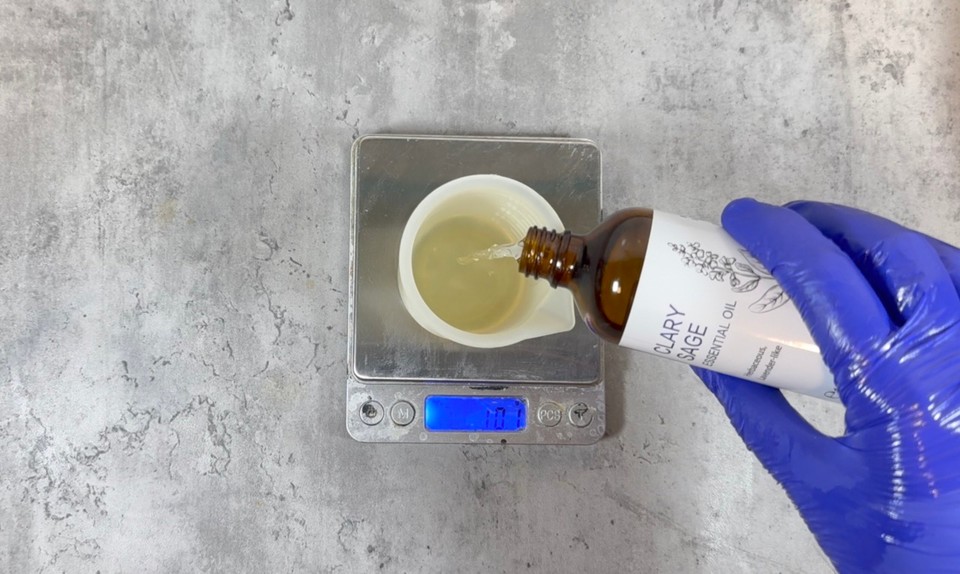
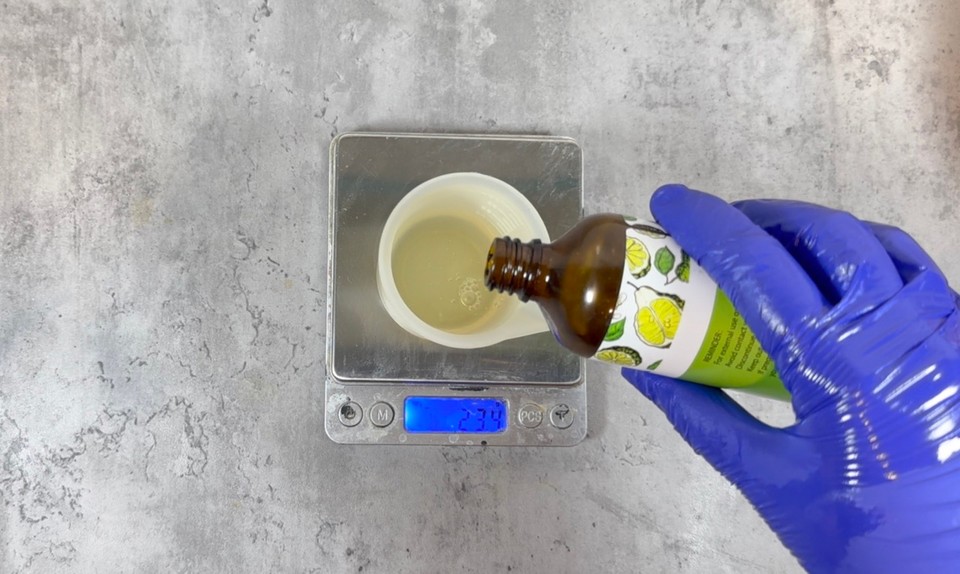
- Prepare the salt and set aside.
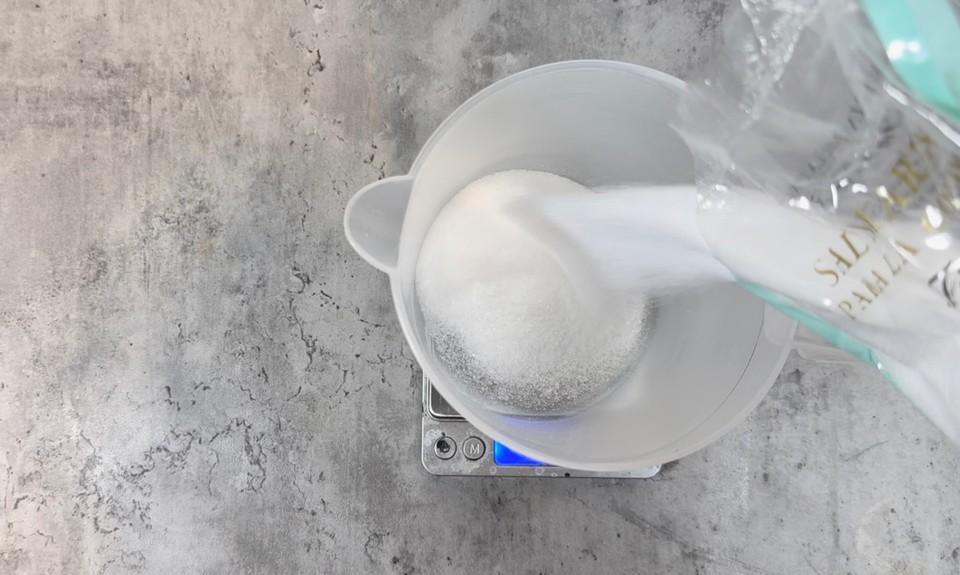
- Add the melted coconut oil and cocoa butter to the liquid oils. Add the coconut milk powder and the arrowroot powder to the oils (if you want to use them). Stick blend to combine.
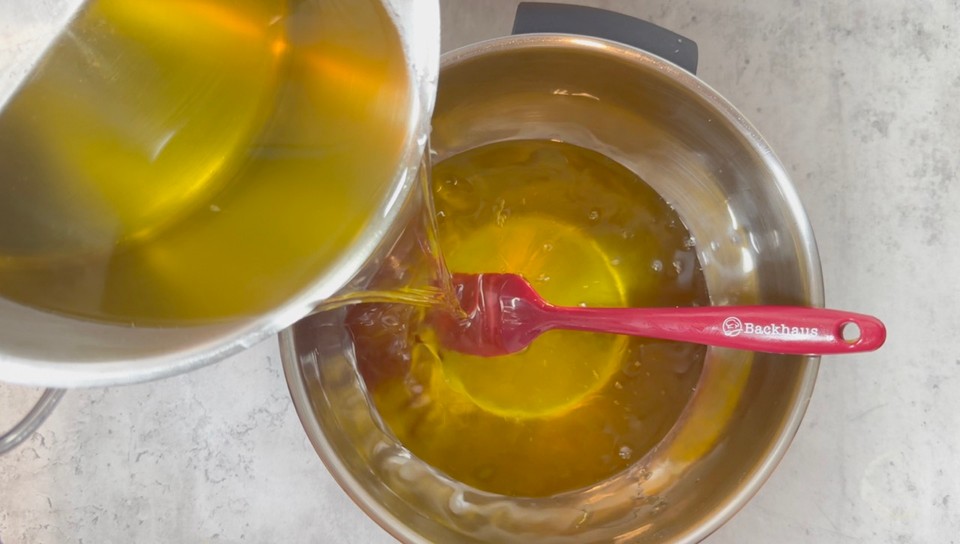
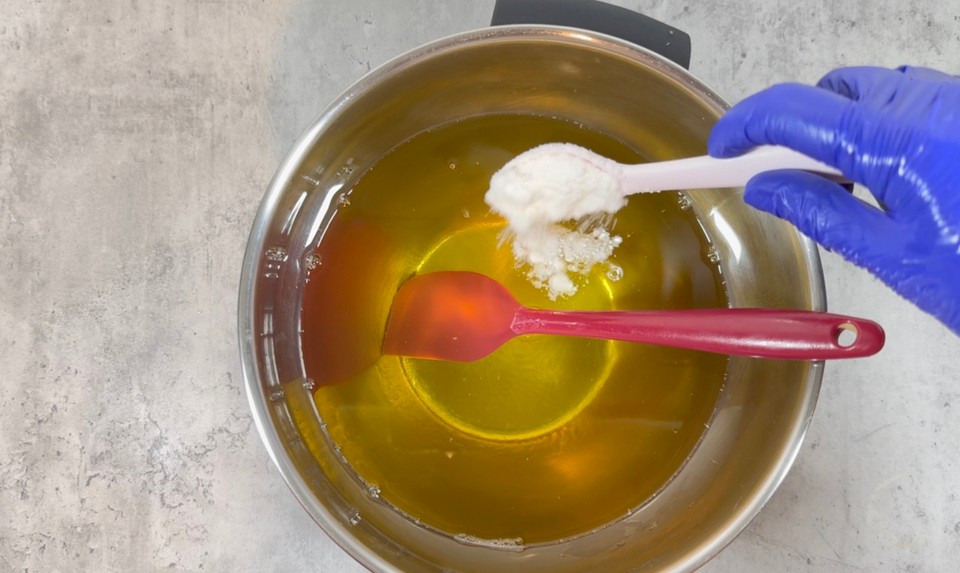


- Check the temperature of the oils and the lye solution. When it's less than 45 degrees Celsius, pouring the lye into the oils is okay. It is recommended that the temperature difference between the lye solution and the oils will not be more than 10 degrees Celsius.

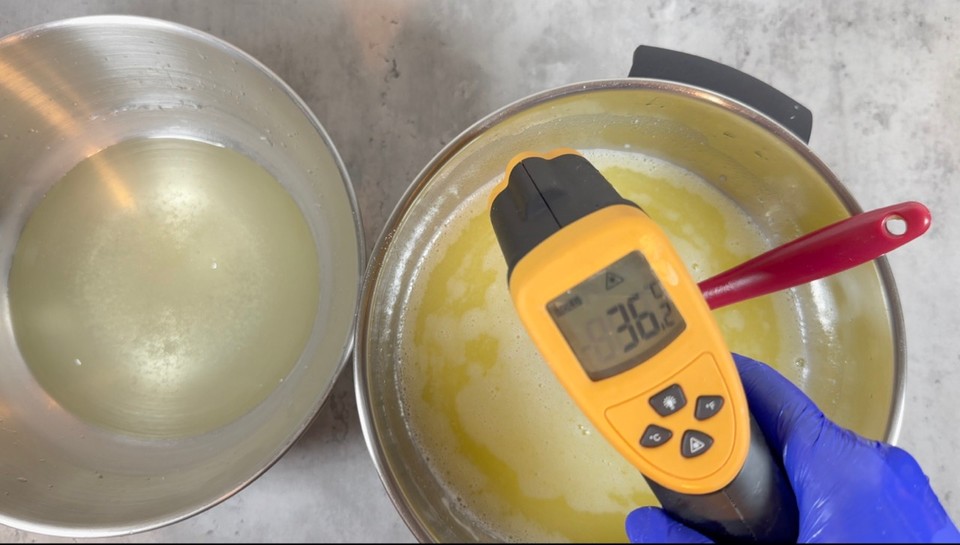
- Pour the lye solution into the oils, and use an immersion blender to emulsify.

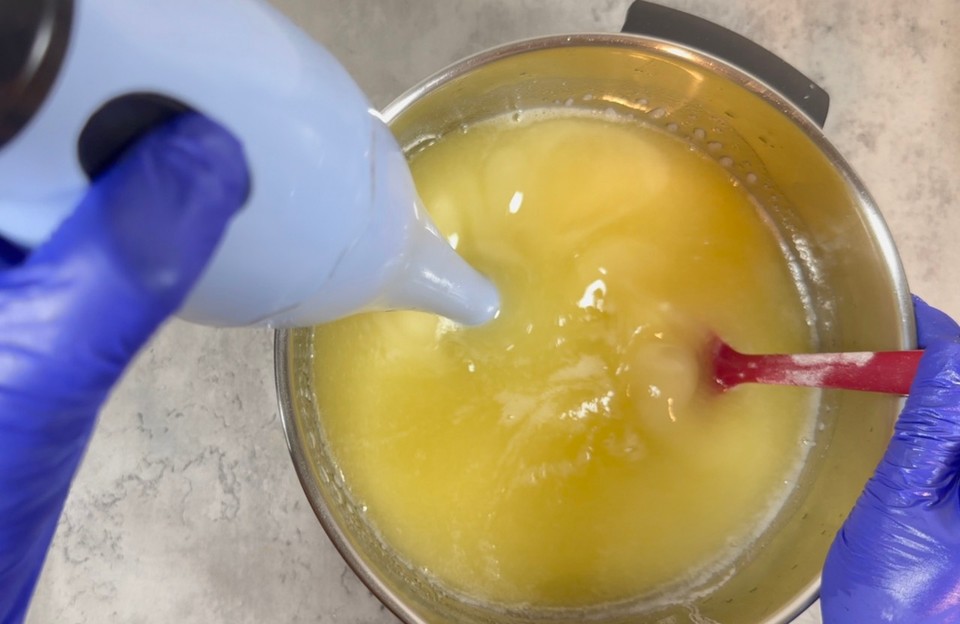
- Divide soap batter into 2 containers. To one part, add the clay. Add 1/2 of the essential oils to each part of the soap batter.
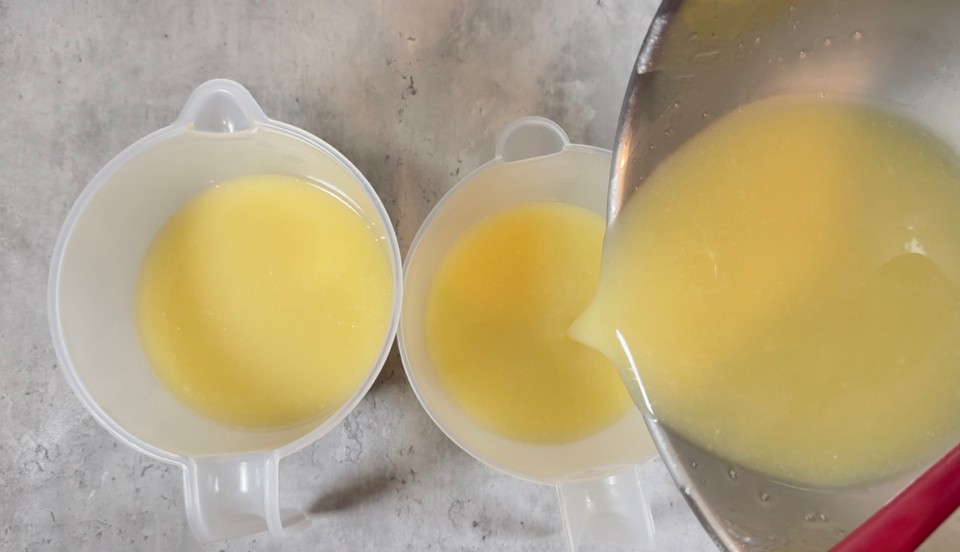
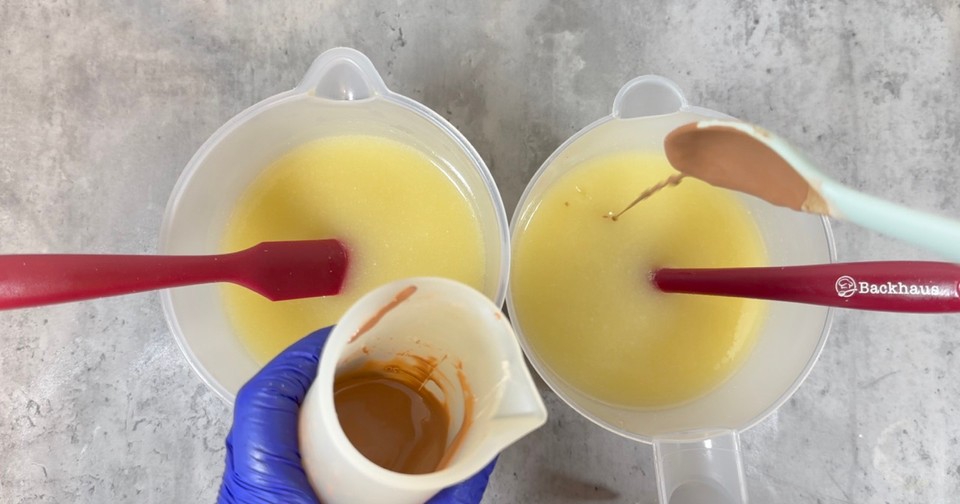
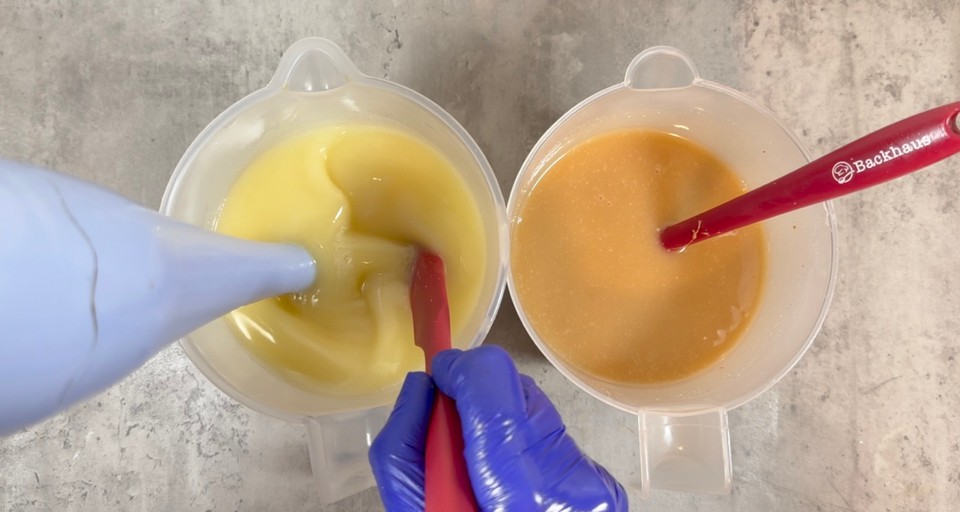
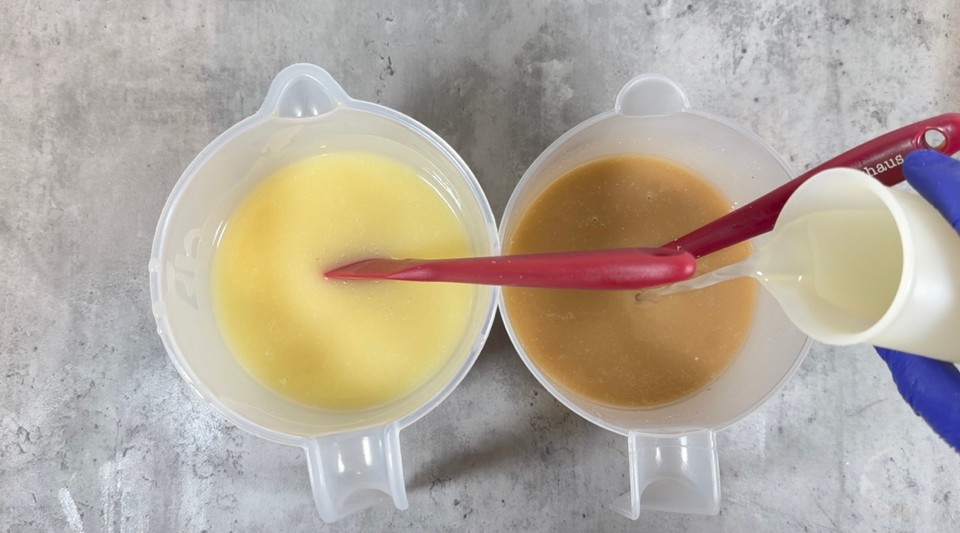
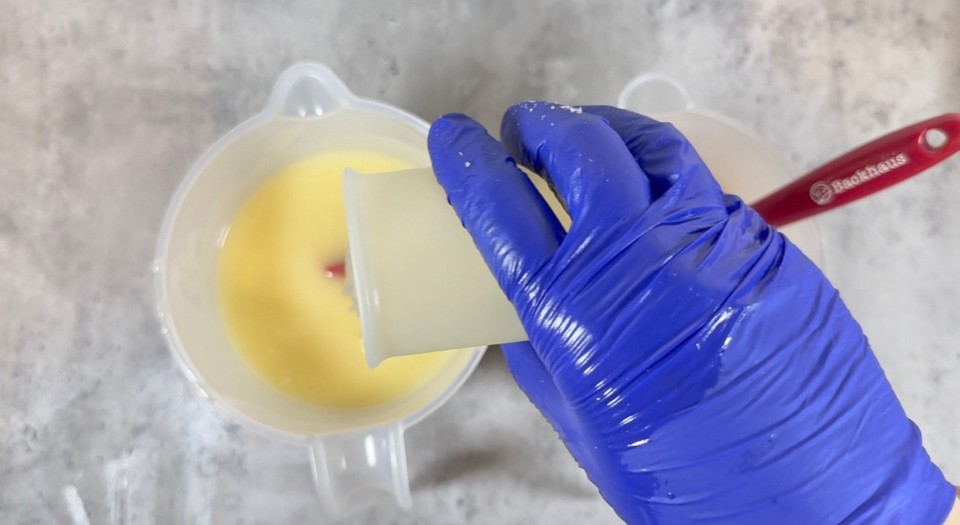

- Add half the salt amount to each part of the soap batter and mix to incorporate.
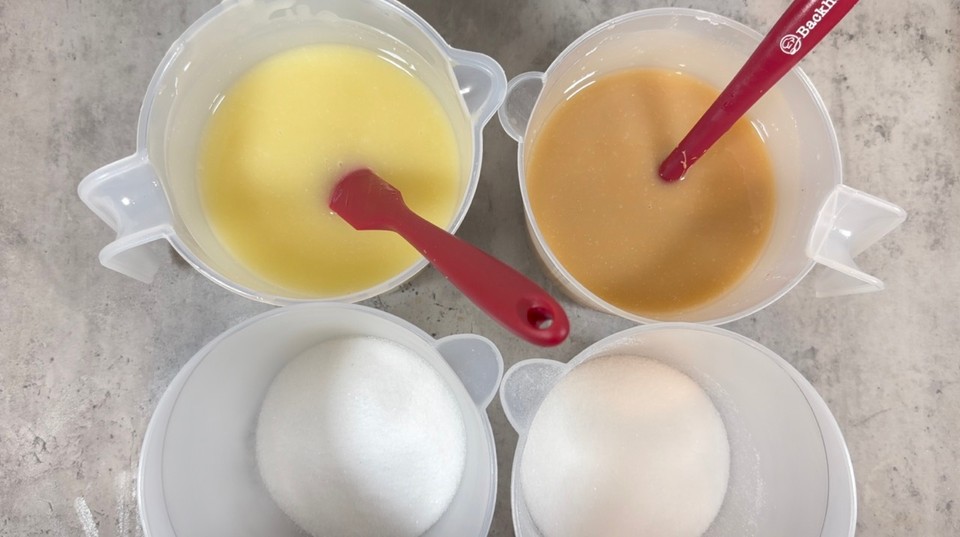
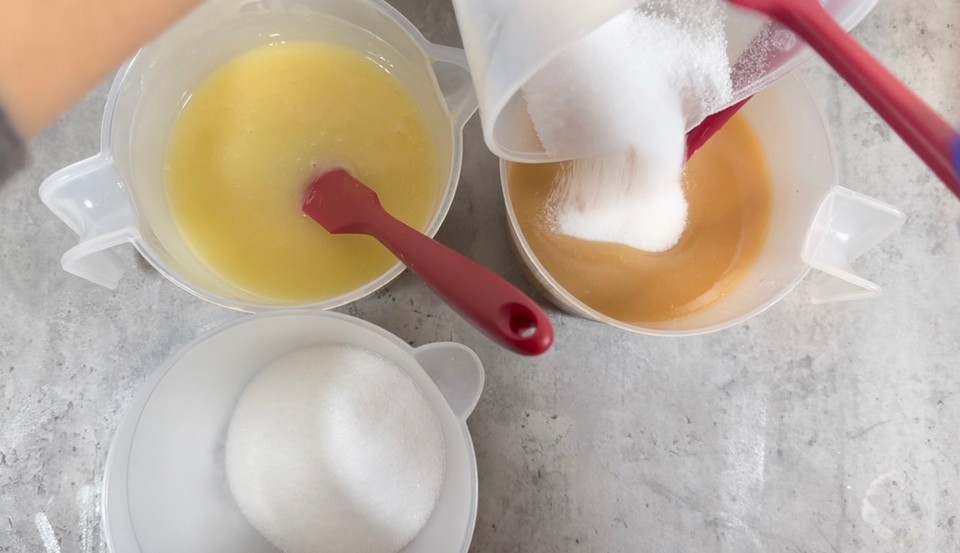
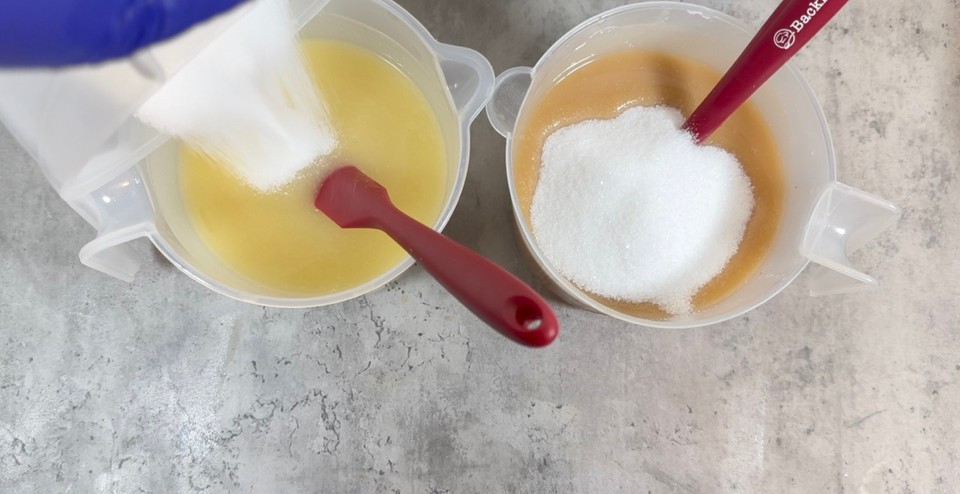


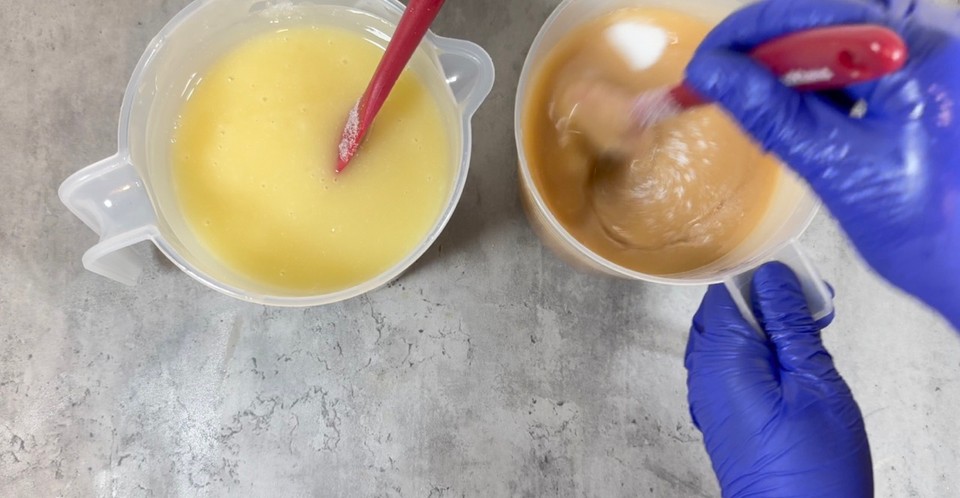
- Pour into molds. You can use a chopstick to do a little swirl between the colors.

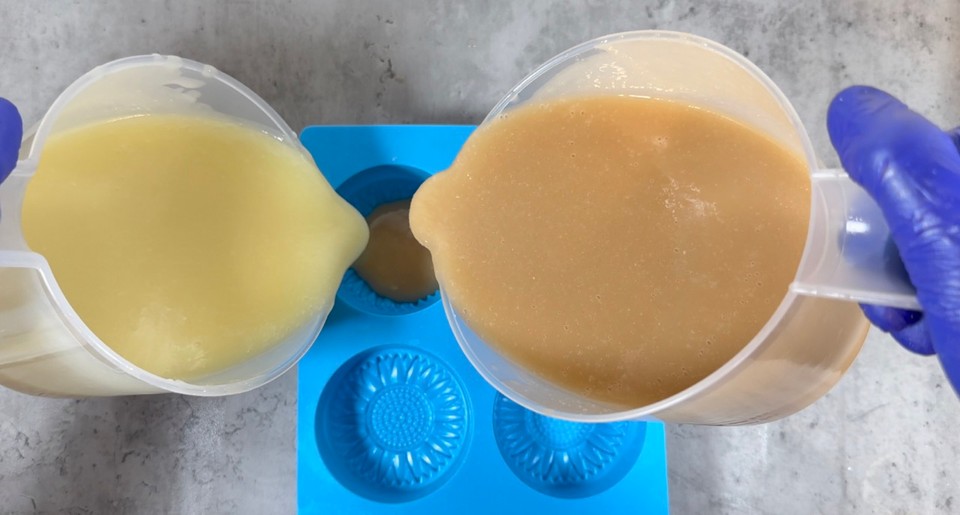
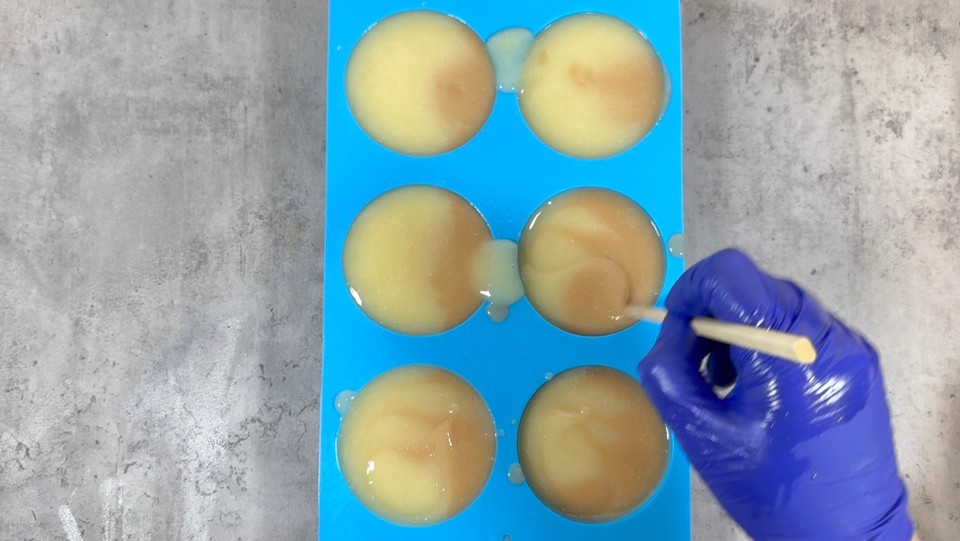

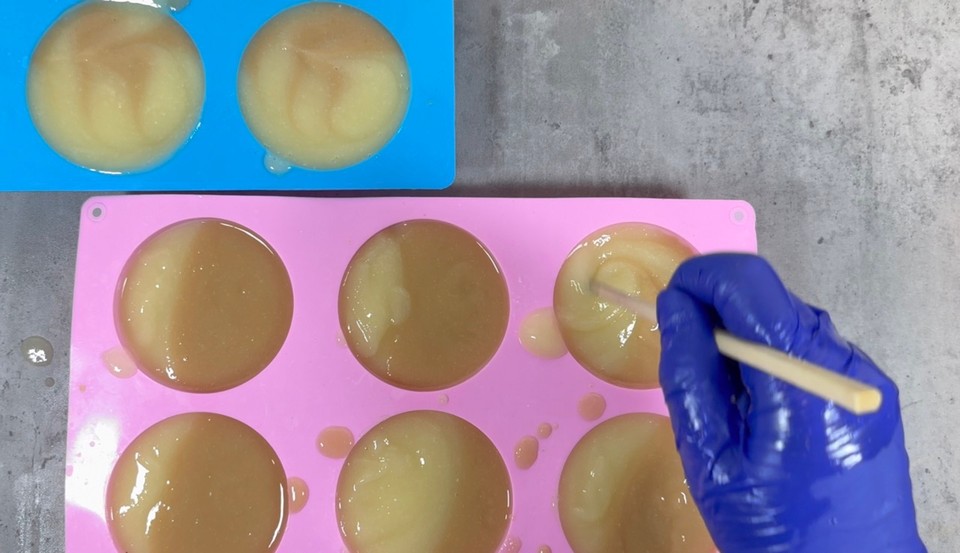
- Leave the soap bars to solidify for 24-48 hours before unmolding.



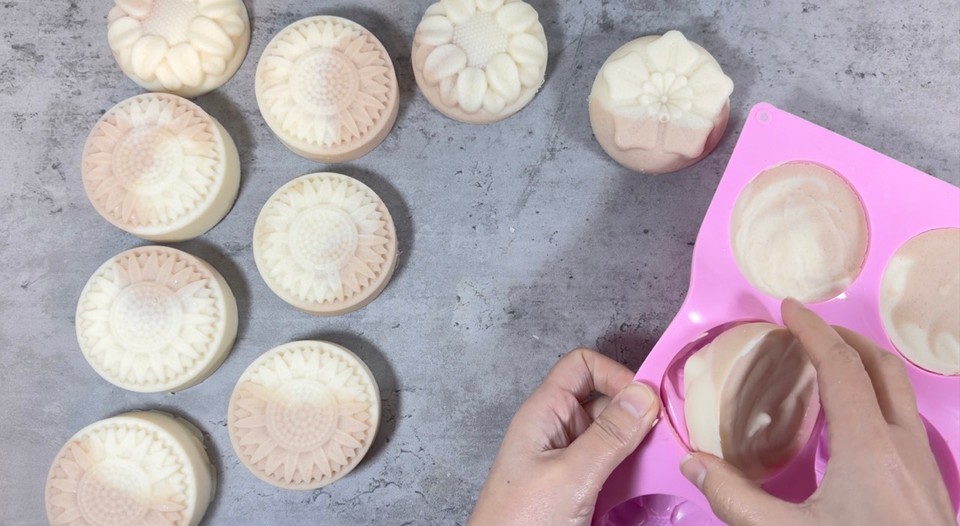
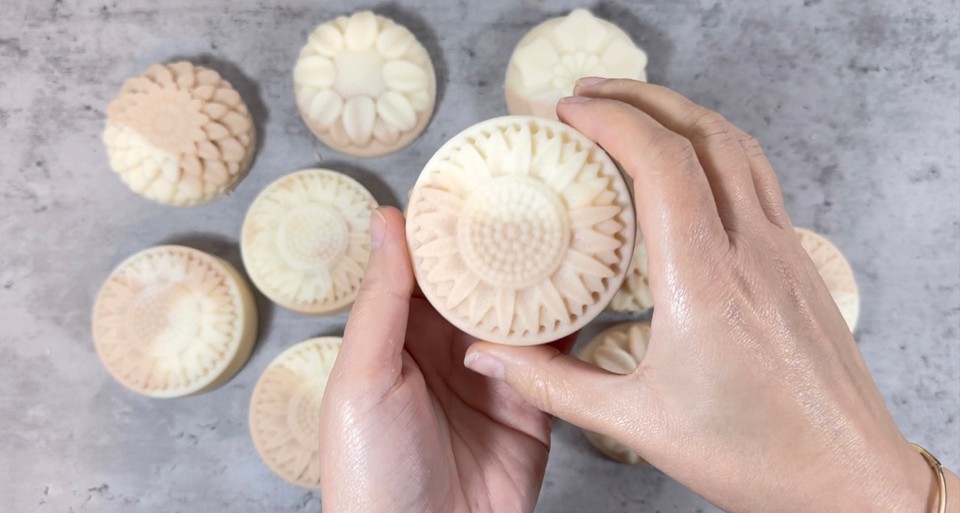
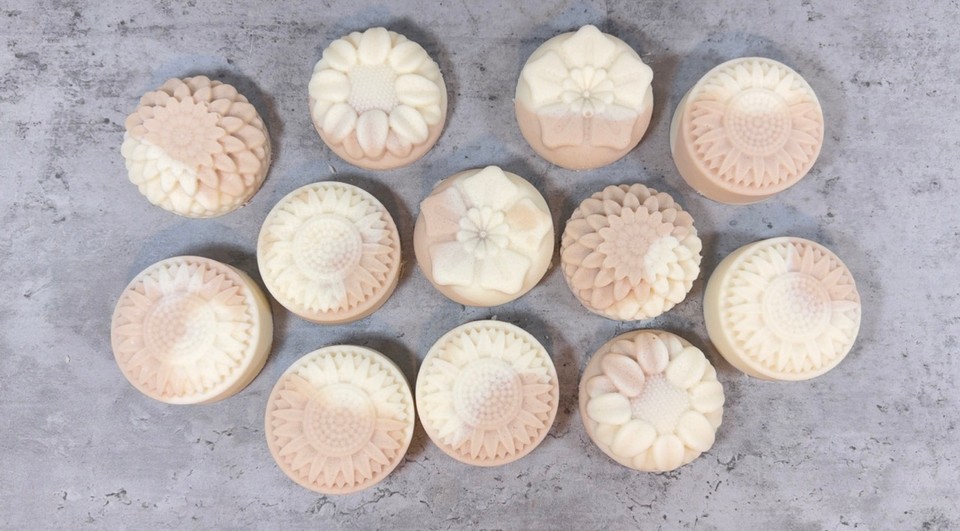
- Let the soaps cure during 3-6 weeks before using.

